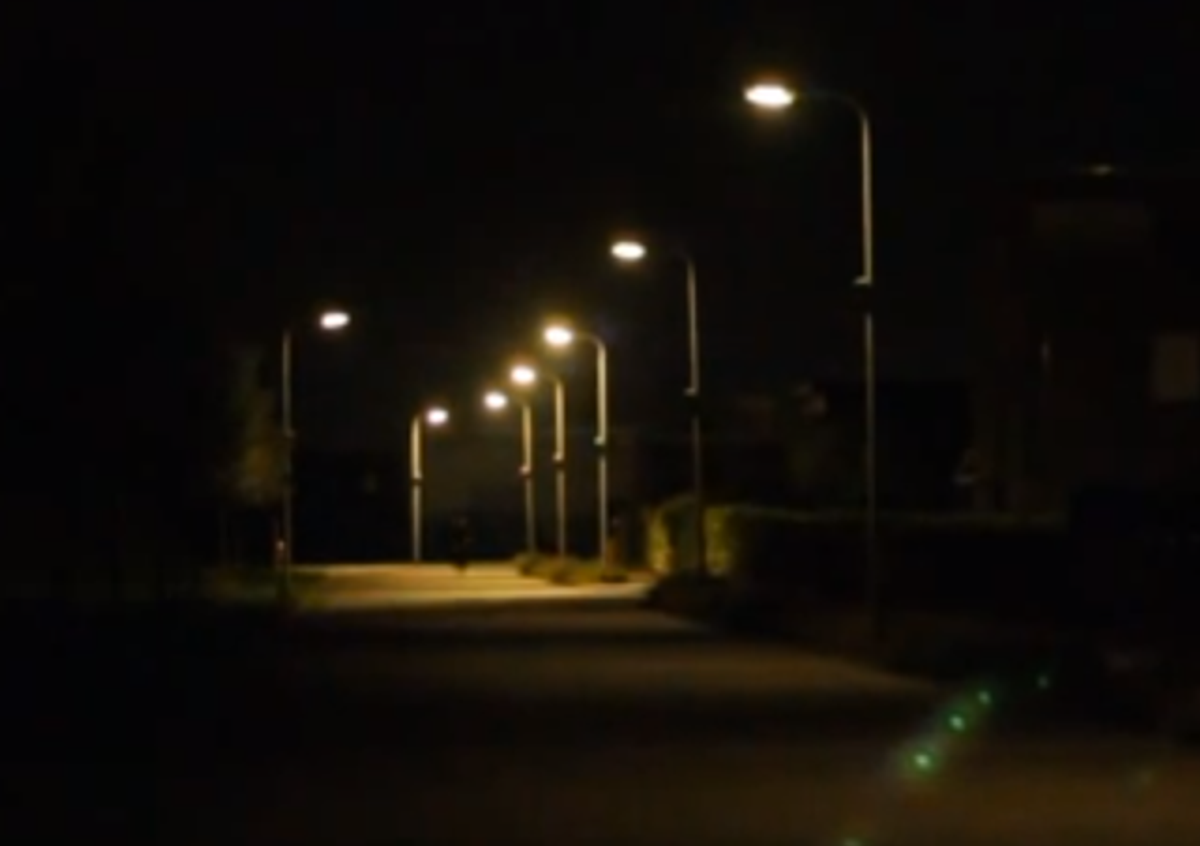For weary air travelers, the beauty of arriving in the late evening is getting to catch a glimpse of city lights as the aircraft descends quietly into the lively hub of illumination below.
But for Chintan Shah, this unceasing glow, a hallmark of modern-day human settlements, registers much more profoundly. Through this mechanical engineer’s eyes, it looks like a sprawling web of energy inefficiency. It’s these moments amid his long journeys that have caused him to wonder how much power is being wasted to light up empty parking lots or whether people would get by fine if street lamps weren’t nearly as bright.
Curious, the Dutch entrepreneur found some statistical data showing that just keeping the city lights on costs Europe, alone, over 10 billion Euros each year and is responsible for more than 40 percent of a government’s energy usage. That’s 40 million tons of CO2 emissions generated through sources such as coal plants and wide-scale burning of other fossil fuels, which gives new meaning to the concept of “light pollution.”
Shah first began developing his fix, a wireless technology, as a master’s student at the Delft University of Technology back in 2009. Basically, he retrofits existing street lamps with a specialized interlinked network of sensors that automatically dials down the brightness when no one is around and restores maximum radiance upon detecting the presence of oncoming human activity, such as moving cars, pedestrians and bicycles. Since 2011, Shah’s company, Tvilight, has modified entire municipalities of cities in Holland and Ireland.
“It’s psychologically beautiful because the system never turns the lights off, it’s designed to just dim them,” he says. “It’s still bright enough for people to have good visibility while effective enough to achieve excellent cost savings.”
Motion-activated lighting products aren’t anything new. They’re presently used in indoor environments, such as the hallways of hotels and by eco-conscious homeowners. Adapting the sensor technology for outdoor use, however, meant coming up with a much more sophisticated variation that can not only simply detect movement, but also distinguish between insignificant stirrings, such as the rustling of trees and the scampering of stray cats crossing the road. Inside each street post-mounted unit is an array of eight different sensors, a combination Shah calls the “secret sauce,” that have been synchronized to not only recognize the unique contours of human-generated actions, but also relay signals across the chain of street lights so that only those within the vicinity of any activity brighten.
For those concerned that reduced brightness may result in precariously compromised visibility, Shah notes that the Tvilight system was designed to dim so that those looking outside from their house windows could still easily survey their surroundings. “We strove from the very beginning to enable energy savings without sacrificing what people are comfortable with,” Shah says. “From the tests and feedback we’ve received, people don’t even notice the difference.”
The reason why street lamps are so bright, he explains, is to accommodate security cameras, which require a certain amount of surrounding illumination to make out people’s faces and other vital details. The Tvilight modified street lamps supposedly do not interfere with these recording systems since they are sufficiently bright whenever someone is within view. Additionally, the dimming levels can be adjusted depending on the known traffic pattern of particular locations. Off hand, for instance, he states that busy intersections can be safely dimmed down by 30 to 40 percent, while that number can drop as low as 70 percent for vacant parking spaces and industrial lots.
Shah admits that there’s a risk that the sensitivity of the sensors may be thrown off by inclement weather, such as snowstorms and ice accumulation, and thus, as a safeguard, he has programmed the device to default to full brightness when an outside problem leaves it unable to function as intended. As for vandals who may target the system, he points out that the units are positioned quite high up along the lamp post. In over four years of operation, there’s only been two instances of sabotage.
Though he wouldn’t disclose how much installation would cost, Shah assures that it would take municipalities about three to four years to make up for the initial investment in annual cost savings. Each year, he estimates a savings of as much as 60 percent. Tvilight is currently in talks with officials in Germany, Canada and the United States (specifically Los Angeles) to discuss the possibility of implementing the smart lighting technology.
“Five years ago, the technology wasn’t there and sensors and communication networks weren’t good enough,” Shah adds. “But these kinds of smart solutions are no longer futuristic, like something you see in a sci-fi movie. It’s applicable today in just about every place and that’s what everyone needs to start realizing.”




Shares